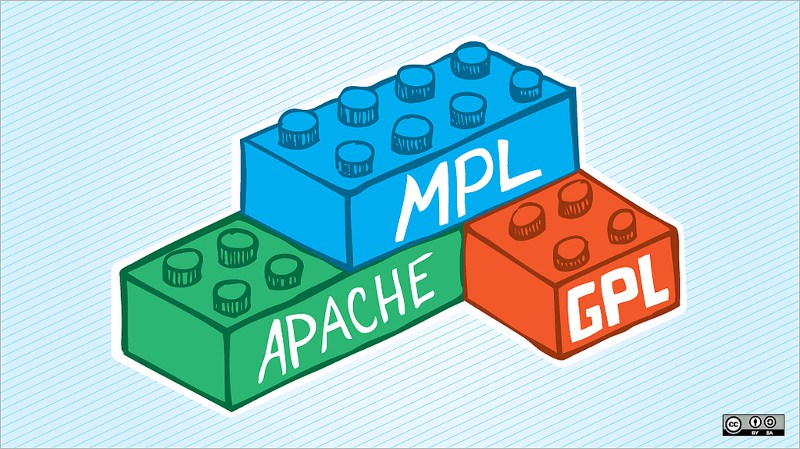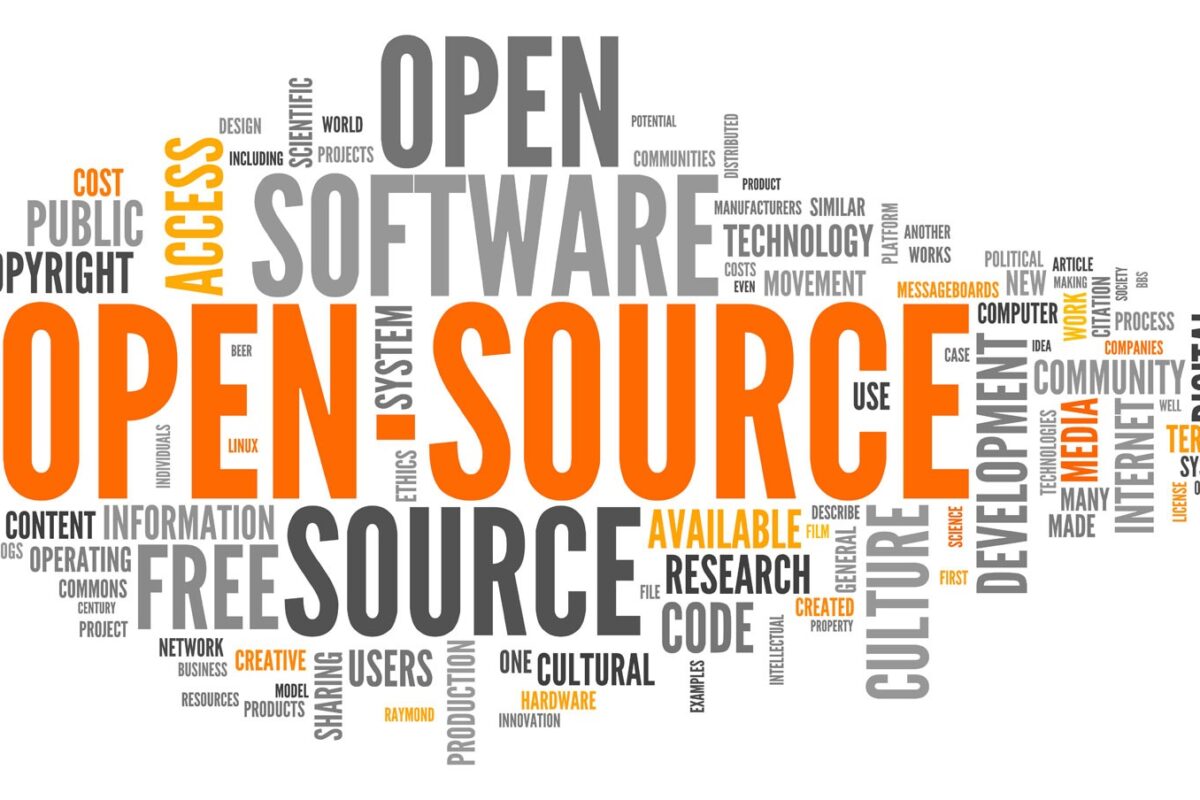t
Choosing an open source license might seem like a small step when launching a new project, but in reality, it’s one of the **most critical legal and strategic decisions** you can make. The license defines how others can use, modify, and distribute your work — and can even determine how your project grows in the long term.
This guide will help you understand **how to choose the right open source license for your project**, highlighting key license types, their implications, and practical steps to make the best choice.
Why Open Source Licensing Matters
An open source license is more than a legal formality; it’s a contract between you and the community It outlines:
– Who can use your code.
– How they can use it.
– Whether they must share improvements.
– How to protect your intellectual property.
Without a license, your project defaults to **“all rights reserved”**, meaning others legally cannot use it. A clear license encourages contributions, builds trust, and protects both you and your users.
> **Did you know?** Over 90% of modern software stacks rely on some form of open source component. The right license ensures sustainable and safe collaboration.
Understanding Open Source Licenses
Open source licenses generally fall into **two major categories**:
1. Permissive Licenses
Permissive licenses are **flexible and business-friendly**. They allow anyone to use, modify, and distribute your code with minimal restrictions. Attribution is usually required, but they **don’t force derivative works to remain open source**.
Examples:
– MIT License
– Apache License 2.0
– BSD License
**Best for:** Startups, commercial integrations, or projects that aim for wide adoption.

2. Copyleft Licenses
Copyleft licenses are **protective and community-focused**. They allow free use and modification, but require that **any derivative work remains open source** and under the same license terms.
**Examples:**
– GNU General Public License (GPL)
– Affero GPL (AGPL)
– LGPL (Lesser GPL)
**Best for:** Projects that aim to guarantee long-term openness and prevent proprietary forks.
For a more detailed explanation of license types, you can visit [Open Source Initiative]
Popular Open Source Licenses and Their Use Cases
Here are some of the most widely used licenses and the scenarios they fit best:
| License | Type | Key Features | Best Use Case |
|———|——|————–|—————|
| MIT | Permissive | Very simple, minimal restrictions. Requires attribution only. | Broad adoption, commercial-friendly projects. |
| Apache 2.0 | Permissive | Includes patent protection clauses. | Large-scale or enterprise-ready projects. |
| GPLv3 | Copyleft | Strong copyleft, derivative works must be GPL too. | Community-driven projects. |
| LGPL | Copyleft | Allows linking with non-GPL software. | Libraries or frameworks. |
| AGPL | Copyleft | Extends GPL to network use (SaaS). | Web apps and network services. |
| BSD | Permissive | Similar to MIT but with slightly different wording. | Academic or research projects. |
> **Pro Tip:** If your goal is **wider adoption**, permissive licenses like MIT or Apache 2.0 are ideal.
> If your goal is **protecting the community**, consider GPL or AGPL.
For practical examples of licensing in action, check out [GitHub’s licensing guide]
## Key Factors to Consider Before Choosing
Before selecting a license, clarify your **project’s goals and boundaries**. Consider:
1. **Level of control:**
Do you want to ensure your project remains open source forever, or do you prefer flexibility?
2. **Commercial usage:**
Are you comfortable with companies using your code in closed-source products?
3. **Patent protection:**
If your project includes patentable elements, a license like Apache 2.0 might offer stronger protection.
4. **Community expectations:**
Developers in certain ecosystems (e.g., Python, Node.js) often favor specific licenses.
5. **Compatibility:**
Some licenses don’t play well together. For example, GPL is not always compatible with more permissive licenses.

Step-by-Step Guide to Choosing the Right License
Step 1: Define Your Goals
Ask yourself:
– Do you want **maximum adoption** or **maximum control**?
– Will your project integrate with others?
– Do you want to allow commercial use?
### Step 2: Evaluate License Compatibility
If your project depends on other open source libraries, make sure your license **doesn’t conflict** with theirs. This is especially important for copyleft licenses.
### Step 3: Consider Long-Term Maintenance
Licensing decisions have lasting effects. A permissive license may attract more contributors, but less control. A copyleft license might limit adoption but preserve openness.
### Step 4: Select and Apply the License
